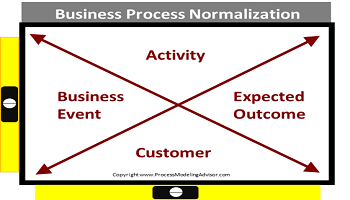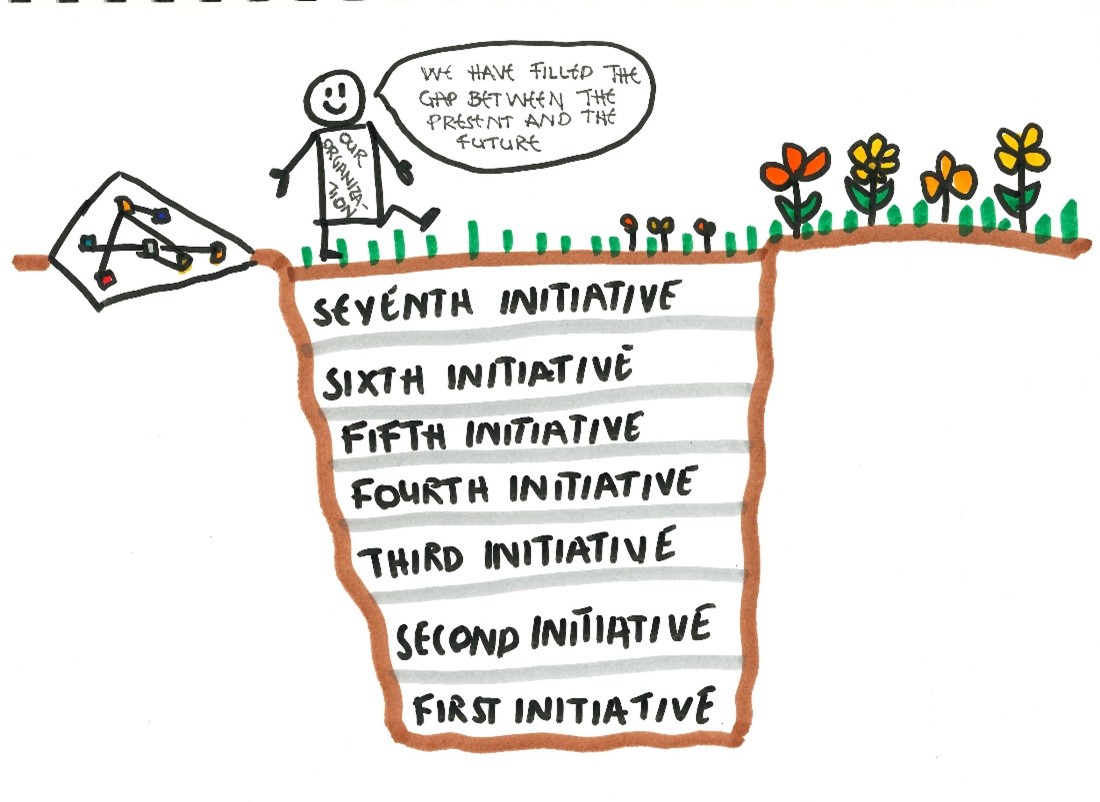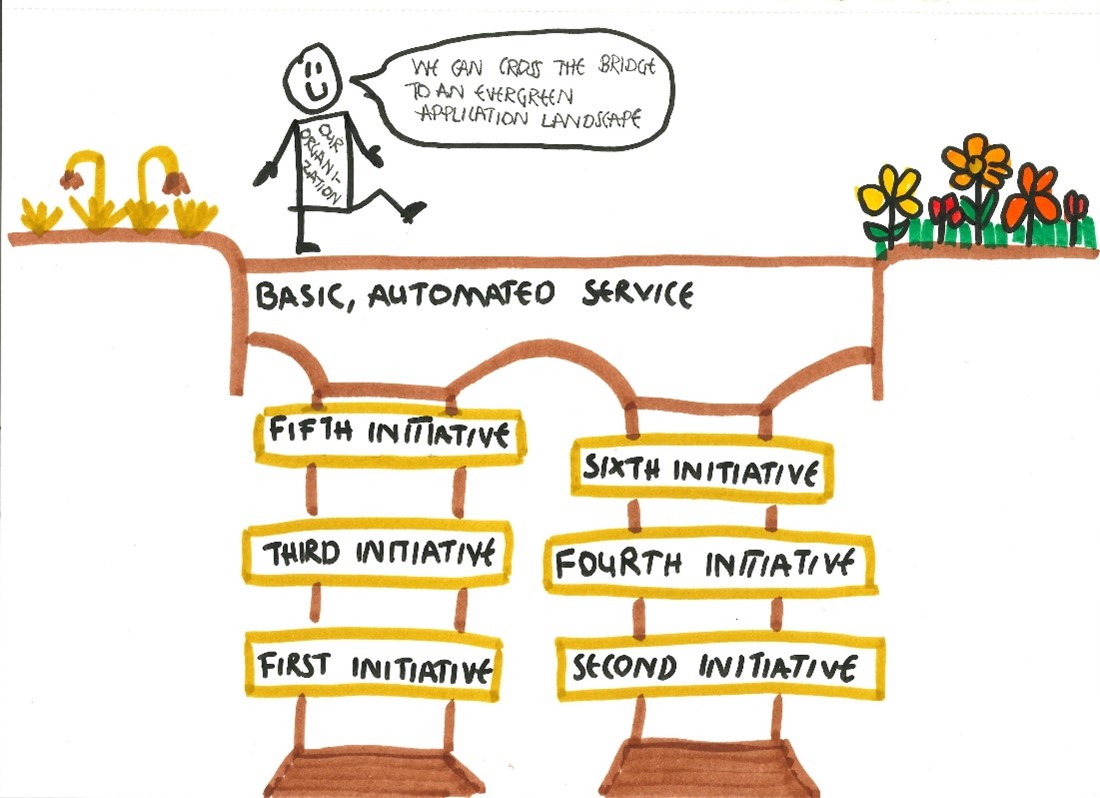How to Safely Escape from the Assumption Trap in Requirement Analysis?
There is a saying “Assumption is the mother of misunderstandings”. With that being said, it is common for business analysts to make assumptions to move forward with the requirements analysis. Because assumptions can help improve the efficiency and effectiveness of requirement analysis, reduce uncertainty, and identify potential risks, if not properly managed and communicated, It can become a double-edged sword.
Let’s evaluate,
What are assumptions in business analysis?
Assumptions are statements without evidence or verification that are accepted to be true.
For instance, assuming that the new software will be compatible with existing hardware and operating systems. Or assuming that the user will find the new feature easy to use or assuming that the product will meet non-functional requirements, such as security and accessibility.
Based on the business, context, time, customer, process, etc. assumptions can vary. Some examples include the following:
- Assumptions about the customer: their needs, motivations, preferences, market segments.
- Assumptions about the requirements/problem: nature, impact, pain points, tasks involved.
- Assumptions about internal resources: culture, technical capabilities, time, budget, availability.
- Assumptions about the solution: ease of use, UI design, technical constraints, functional and non-functional aspects.
What are the advantages of making assumptions in requirement analysis?
- Enhance the efficiency and effectiveness of requirement analysis by focusing on the most critical and relevant aspects.
- Ensure that scope is confined and complexity is avoided.
- Provide better insight into the customer’s requirements. Considering different scenarios and making educated guesses can help in gaining a deeper understanding of the customer’s needs.
- Create flexibility in the process of gathering requirements. As such, ability to adapt to changing circumstances and respond better to unexpected challenges and opportunities that may arise during the development process.
- By documenting and communicating assumptions, stakeholders and team members can ensure that everyone is on the same page, making informed decisions.
- Identify potential risks during the discovery phase and avoid surprises at the last minute.
- Reduce uncertainty by allowing analysis to continue even if you don’t have a complete picture
What are the downsides of making assumptions in requirement analysis?
- If assumptions are not clearly stated or communicated, it can lead to misunderstandings among stakeholders and team members. This can result in misaligned expectations and rework.
- If assumptions are made with biases for example the business analyst assumes that the stakeholder has a certain level of knowledge or understanding, they may use technical language or make assumptions about the stakeholder’s needs without verifying them, which can cause misunderstandings of the requirements.
- If assumptions are not clearly documented or communicated can lead to confusion and a lack of clarity about the requirements. This can make it more difficult for the product team to accurately plan and execute the project.
- If assumptions are not properly addressed, it can result in incomplete requirements, which can lead to issues during the development phase. For example, if a key assumption is not considered, it could result in the development team building a solution that does not fully meet the needs of the users.
- If assumptions are not properly managed, it can increase the risk of project failure. For example, if an assumption about the availability of resources turns out to be incorrect, it could lead to delays or other issues that impact the schedule and budget.
The above list of downsides is presented using an “If” statement intentionally in order to emphasize that making assumptions is not a pitfall but rather an important part of requirements analysis and gathering. It becomes a problem if not effectively managed and communicated with the stakeholders.
Business analysts should be explicit about their assumptions and verify them with relevant stakeholders. Various techniques can be used to accomplish this, such as asking questions, using user stories to describe requirements in detail, and involving the customers in the requirement gathering process.
Advertisement
Some tips for effectively managing the assumptions that you are making during the requirement analysis.
- Spend time and critically evaluate the assumptions that you are making as you progress with the analysis.
- Write down the assumptions that you are making in a concise manner at all stages. This will help to ensure that they are easily understood by others and can be referred back to later.
- Make sure to communicate the assumptions that you have documented with the relevant stakeholders.
- Review the assumptions that you have made to ensure that they are still valid. If any assumptions turn out to be incorrect, be sure to update them and communicate the changes with stakeholders.
- Mention date when documenting the assumptions, which will help to review and validate the assumptions at later stage (E.g.: As of <date>, At the time of writing <date>, As at the <date>, At the <date> of writing/drafting/reporting).
- It is important to be proactive in asking questions and verifying understanding, and to be aware of one’s own biases and seek out diverse perspectives.
- There are times when assumptions are made unknowingly or by overlooking certain factors. It is possible to uncover such hidden elements through careful analysis and attention to detail. No matter how obvious and straightforward something seems, it still needs to be mentioned. In some cases, simple statements and questions can reveal hidden assumptions.
- Make realistic assumptions. For example, assuming that the new product will be 100% efficient with no waste or errors is unrealistic.
To summarize, taking assumptions into account is an essential element of business analysis because it simplifies problems and accelerates analysis. Nevertheless, it is imperative to understand the pitfalls of assumptions and carefully consider their validity. Explicitly acknowledging, managing, communicating, and reviewing assumptions helps businesses minimize the risk of making inaccurate decisions.







